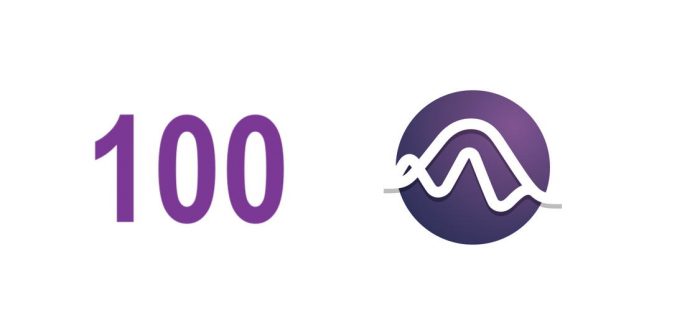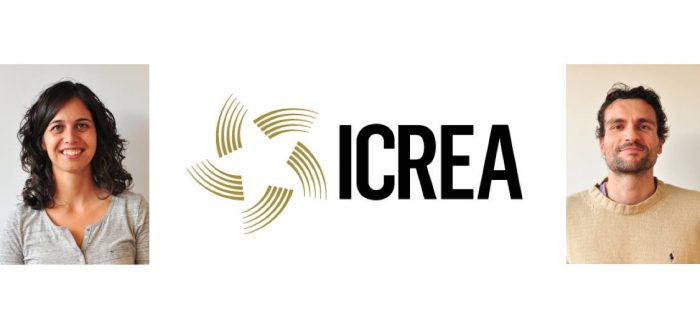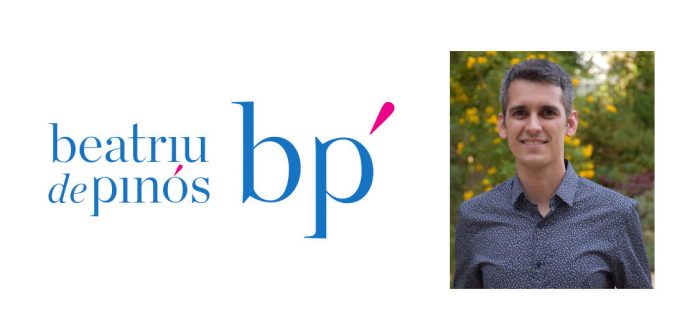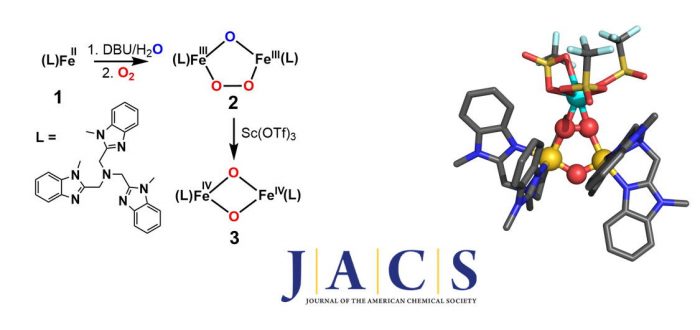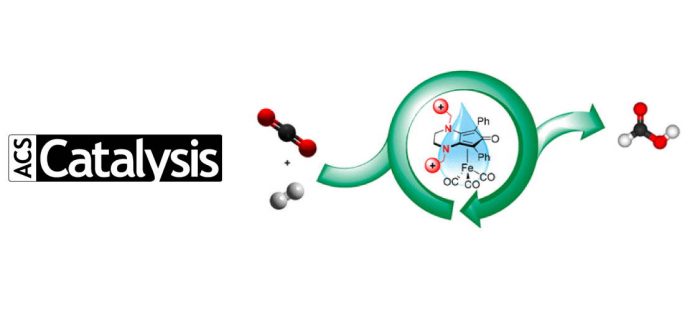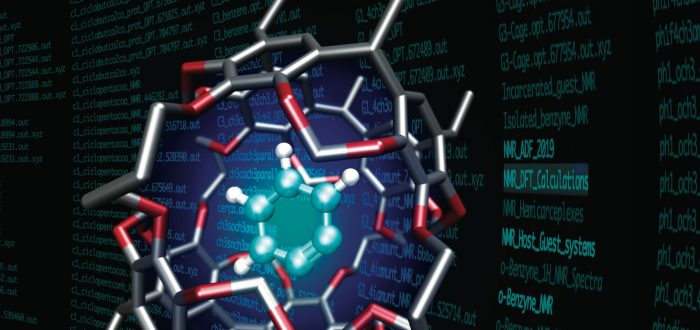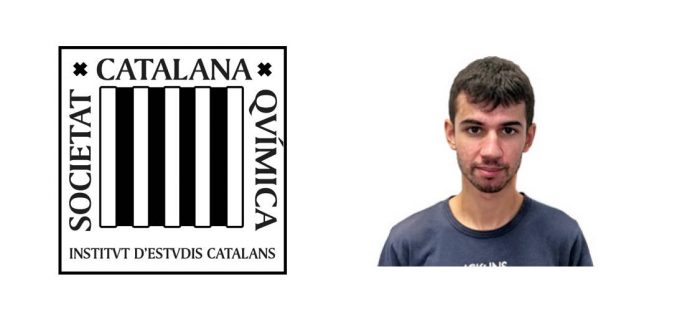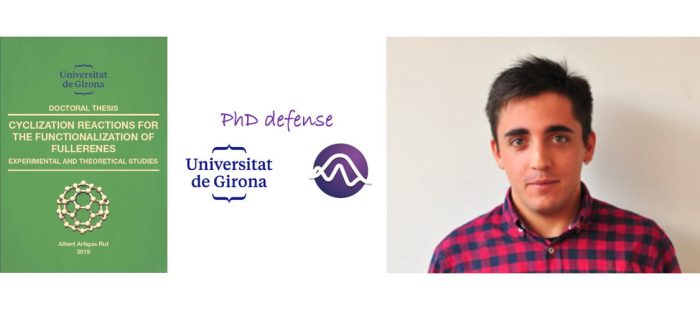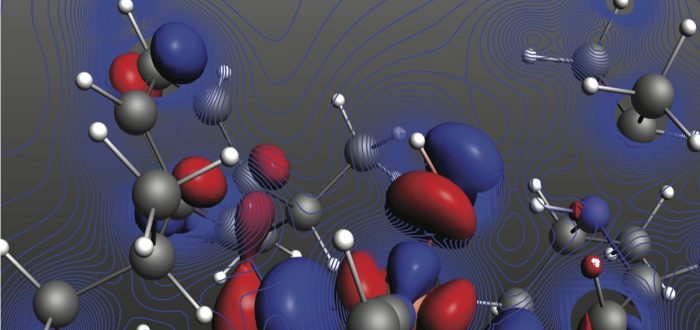The IQCC was created in 1993 (as IQC, focusing only on computational chemistry), and was joined in 2013 by two experimental groups (QBIS, METSO) because of long-standing collaborations and mutual interests. Right now, in this vibrant community of highly motivated researchers that are working on predictive catalysis both at lab benches and through molecular modelling, we
- sec.iqcc@udg.edu
- +34 972 41 83 57
News
Today ICREA announced the list of winners of the ICREA Acadèmia awards 2019, among which are three (!!!) names from the University of Girona: Sebastià Puig (Engineering), Anna Company and Albert Poater (both IQCC and Chemistry). Congratulations to all three!
Today (11th of Febraury) is the International day of Women and Girls in Science. In order to celebrate this day, three of our IQCC women (Dr. Sílvia Osuna @silviaosu, Dr. Sílvia Simon @SilviaSimonR and Carla Calvó @ccalvotusell) will give lectures at Schools. Furthermore, Dr. Sílvia Osuna will participate in a round-table discussion at the “Científiques Catalanes 2.0”
On February 1st, Dr. Marc Garcia-Borràs started his new Beatriu de Pinós project (MSCA COFUND) entitled “Computational characterization of enzymatic reactive intermediates for the discovery and design of new biocatalytic activities”. This 3-year project will allow Dr. Garcia-Borràs to work as an independent researcher at the Institute of Computational Chemistry and Catalysis (IQCC) and the
Soluble methane monooxygenase (sMMO) carries out methane oxidation at 4 °C and under ambient pressure in a catalytic cycle involving the formation of a peroxodiiron(III) intermediate (P) from the oxygenation of the diiron(II) enzyme and its subsequent conversion to Q, the diiron(IV) oxidant that hydroxylates methane. Synthetic diiron(IV) complexes that can serve as models for
In search of green sustainable chemistry there are different objectives to move forward in our quest to improve the world surrounding us. Here, in this contribution a collaborative study between the experimental group of Prof. Jean Luc Renaud (Univ. Normandy, France) and Dr. Albert Poater (IQCC) for the complementary computational part is reported. They have been able to achieve not only
The incarceration of o?benzyne and 27 other guest molecules within hemicarcerand 1, as reported experimentally by Warmuth, and Cram and co?workers, has been studied by density functional theory (DFT). The 1H-NMR chemical shifts, rotational mobility, and conformational preference of the guests within the supramolecular cage were determined, which showed intriguing correlations of the chemical shifts
During the 11th meeting of Young Researchers of the Catalan Countries (XI Trobada de Joves Investigadors dels Països Catalans) that was held from January 28 to 30 in Vilanova i la Geltrú, Spain, Pau Besalú won the best seminar prize. His oral presentation had as title “New optimally?tuned range?separated density functional theory for the accurate calculation
Next Friday (31st of January, 11h, Aula Magna, Faultat de Ciències) will take place the defense of the doctoral thesis of Albert Artigas Ruf titled “Cyclization reactions for the functionalization of fullerenes: Experimental and theoretical studies” supervised by Dr Anna Roglans, Dr Miquel Solà and Dr Agustí Lledó from IQCC We wish him good luck and all the best!
We report here a computational study on a series of FeII, FeIII, and FeIV hydroxo/oxoiron complexes with a broad palette of ligands. We are interested in assessing the robustness of widely used density functionals for their prediction and description of structures and spin states for the examined oxoiron complexes. We have used a variety of density

